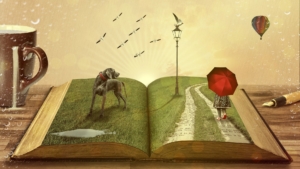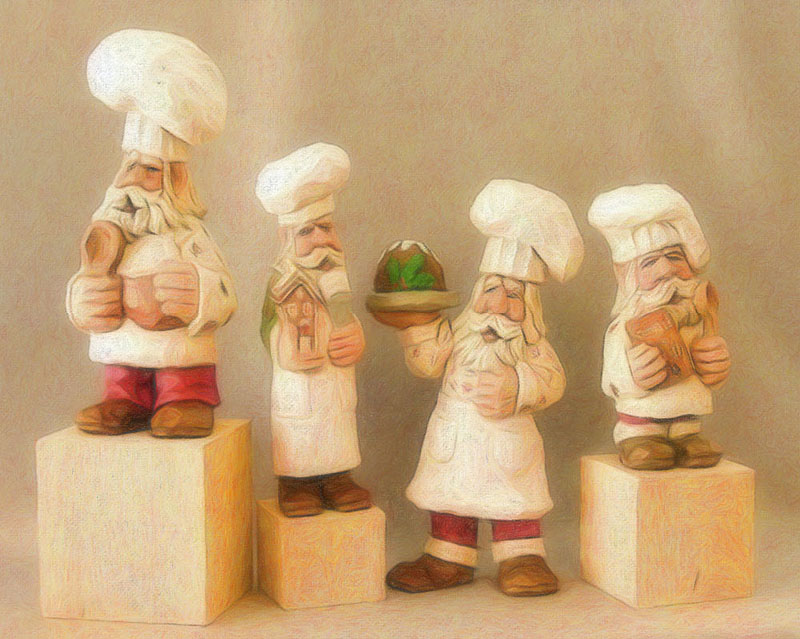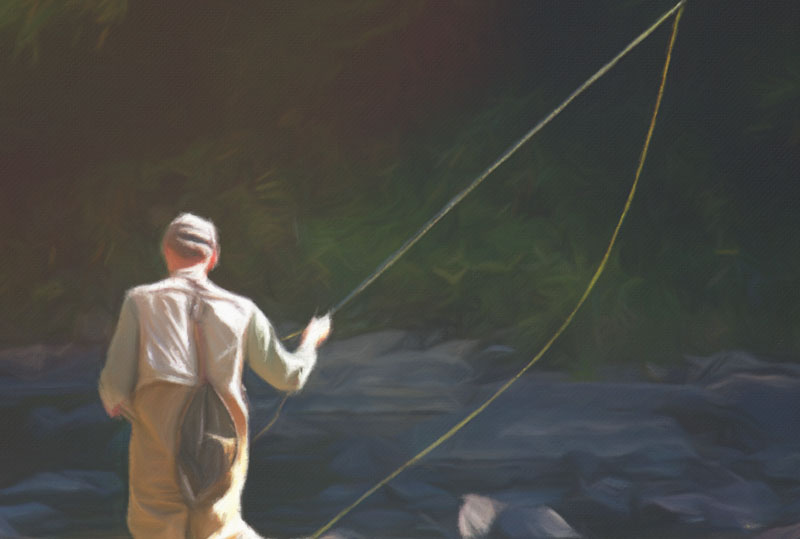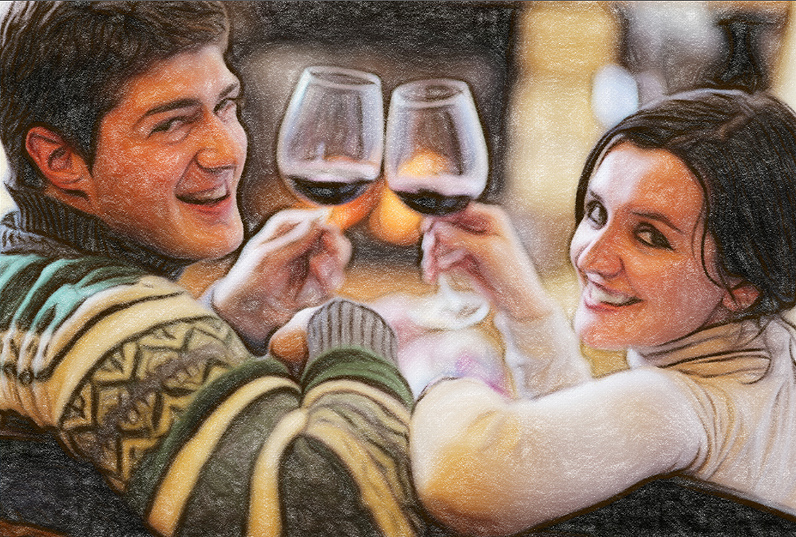How To Search for SEO Words – A Nature’s Guide
SEO Your Audiences Way to Your Site
Creating content for your website that is searchable for your audience is much like bird watching. Some look for birds that fly by. Others look for colorful birds that are hard to find. If only those uncommon and rare specimens become attracted to you, then they will come to you.
The first step to have the best SEO plan is like creating a campground or nature center for your people to find the beautiful elements and draw their attention. When you find the right domain name, it is now time to communicate to your audience what you have in mind. Start writing.
But then, for now, you find you have nothing in mind. You have no ideas to inspire others. The best place to start is to ask yourself important questions and topics. Let’s start with you. What thoughts are interesting to you? Not what other people think are interesting, but to you alone, for now. What are you good at? Then, how can you bridge your idea to their minds so your audience will be interested in what you have to say? When you come up with an idea, write that idea right away. Then, you should have a good sense of which words are important to bring your readers onto your site.
What are the most important keywords in your blog message? What strategy can you use to bring those words out and bring your readers to your site? If you have no keywords in mind, then use research tools to find important keywords.
Here is a list of research tools available to you:
Google ad words keyword planner – https://adwords.google.com/KeywordPlanner
Google trends – http://www.google.com/trends/
Yoast suggests – https://yoast.com/suggest/
And for WordPress user use the Google analytics for WordPress plug-in – https://yoast.com/wordpress/plugins/#analytics
After you have found the appropriate keywords, use strategy to place them within your message. This will help your readers find your site with their favorite search engines. Place those keywords within your clear and compelling headlines. Also place your keywords in the first sentences. Your headlines and top sentences should have all the information the reader needs to know. And everything on the top screen before your reader scrolls down. What search engines and readers are looking for to answer their questions? Again, they want information. Remember, not only do you need to have informative keywords for your SEO strategy, but also simplify the message. Remember, a blog message needs to answer the reader’s questions.
But getting back to bird watching, it’s important for you to carry your field guidebook with you. When you spot an interesting bird, look up that bird (word) in your field guide. Keywords and informative titles can help you do that. If your book does not answer your question then it is time to look for another field guide book. So, make it easy for your audience to find what they’re looking for through your website.
Tell everyone about your stories. Show them where they can buy your novel. Lure them in. More…
Need more help brainstorm the character traits in your story? More…
Don’t forget to edit your colorful character’s story. Do you use too many adverbs? Are you using the right words to describe them? More …
Start Writing Now – This book is for the dreamers who say one day they will write their stories and become a writer. Then they forget their dreams of writing. But they can write now – write those stories now. I mean right now.
How Not To Write A One Star Novel – Do you want to create a five star novel? Learn from other writers’ mistakes and prevent yourself from receiving any one star reviews for you hard work. Here is your free e-book.










